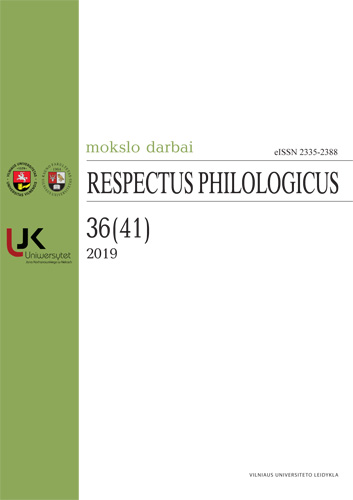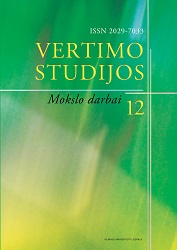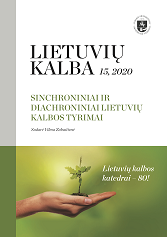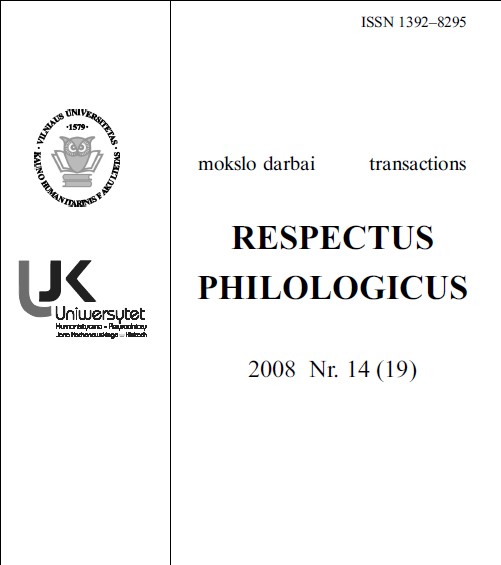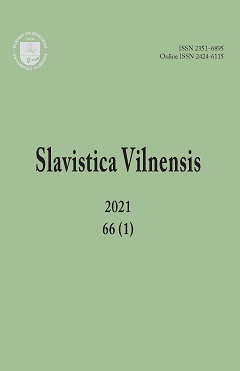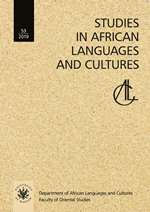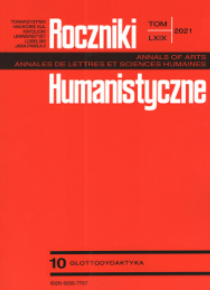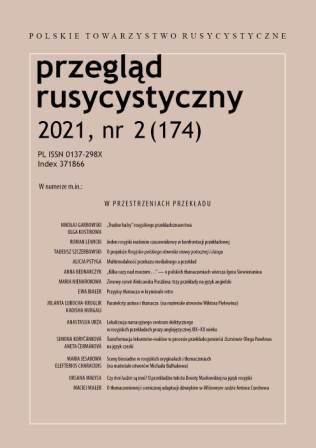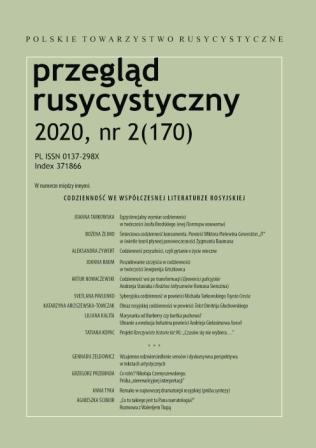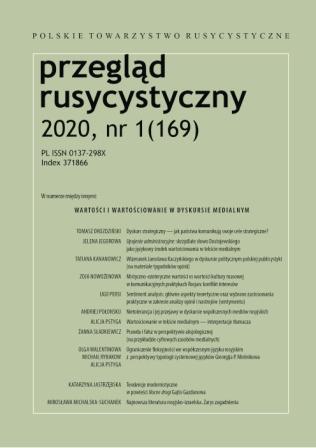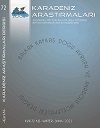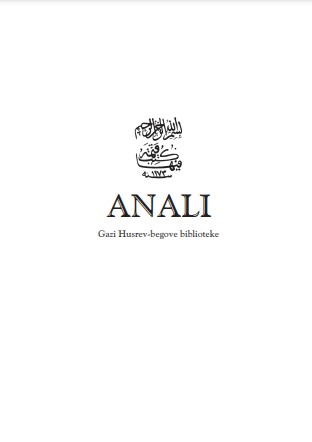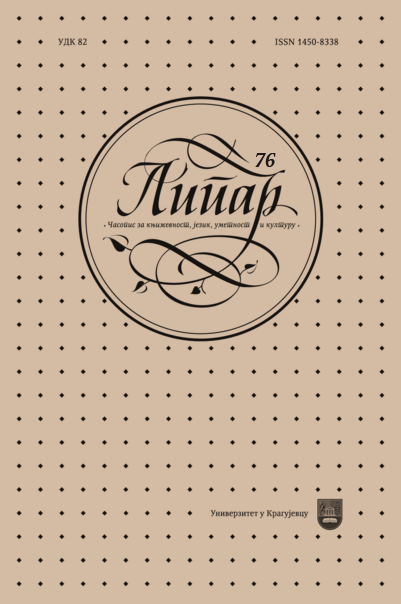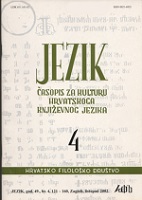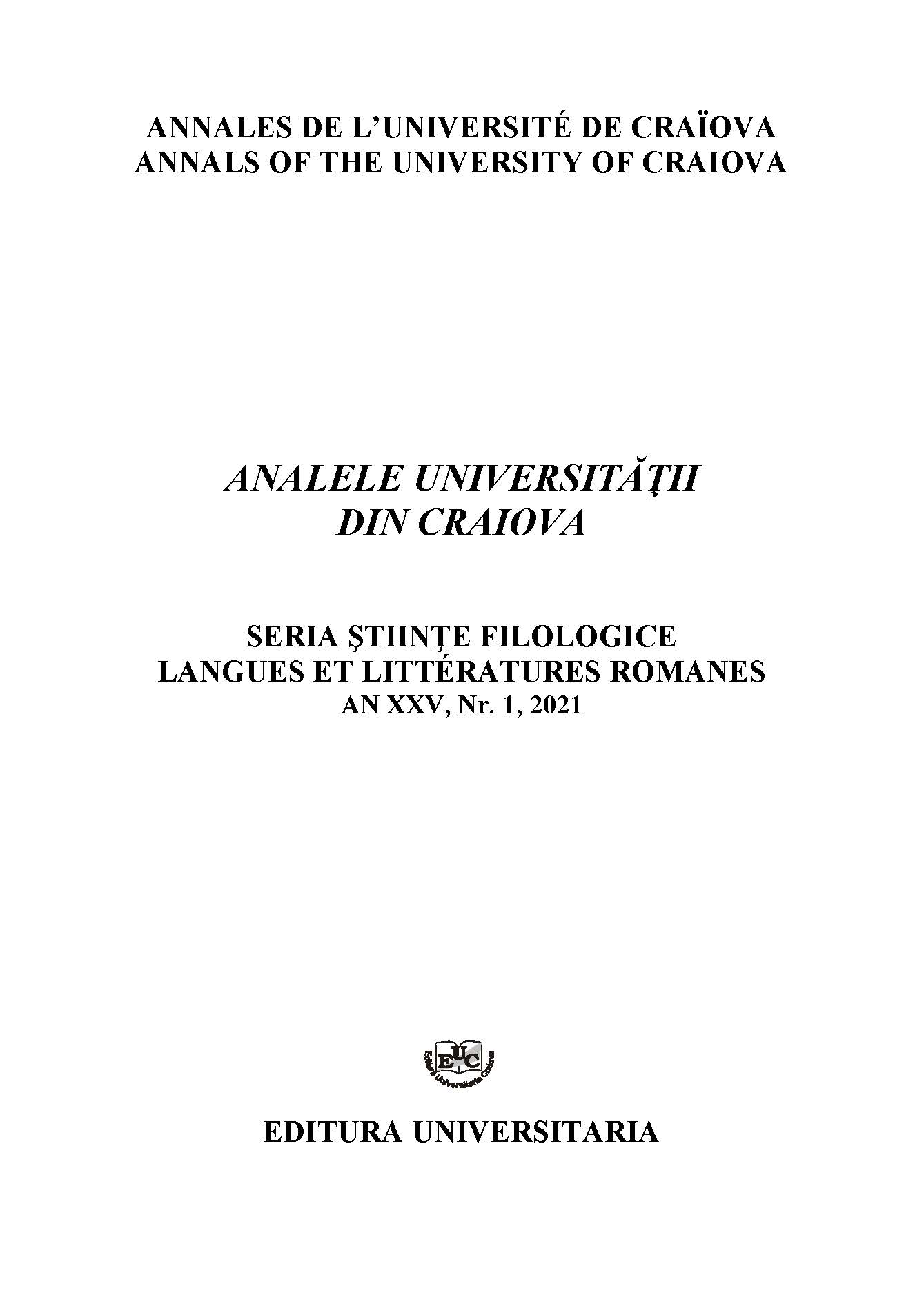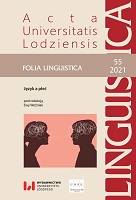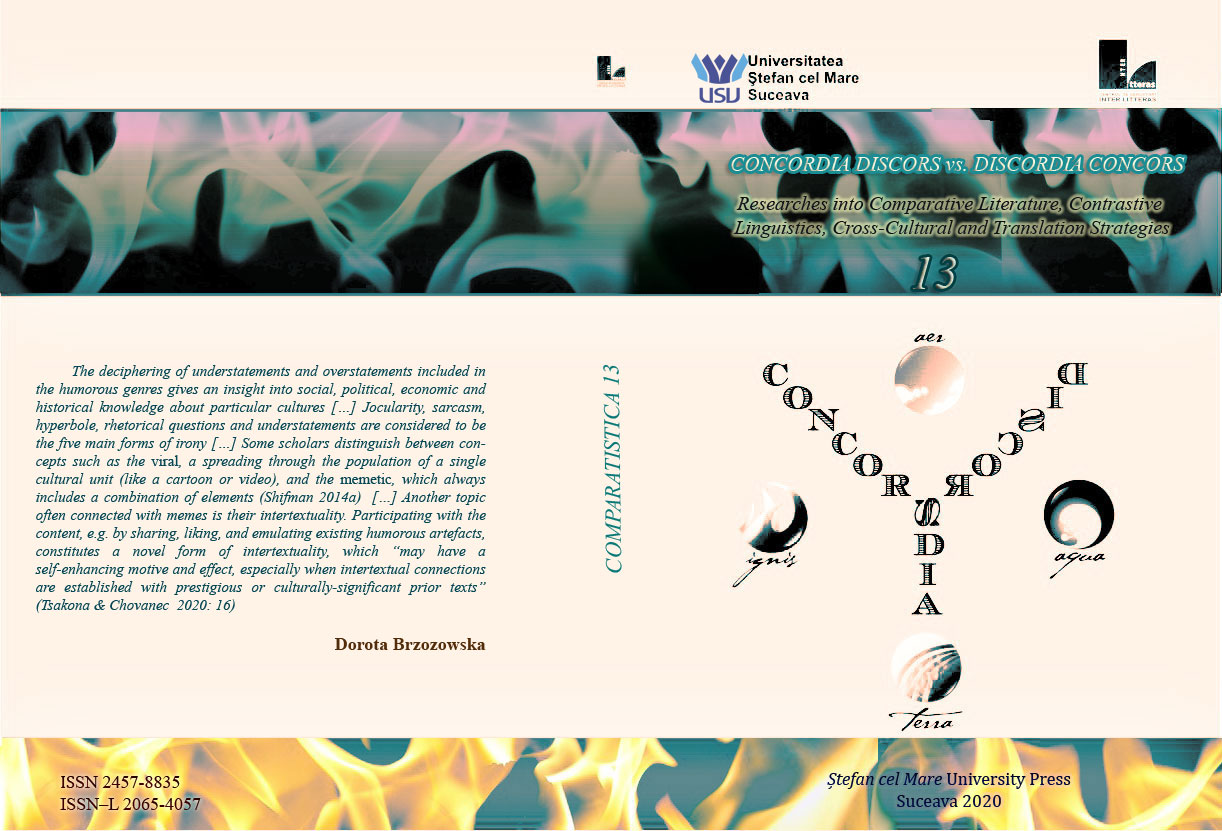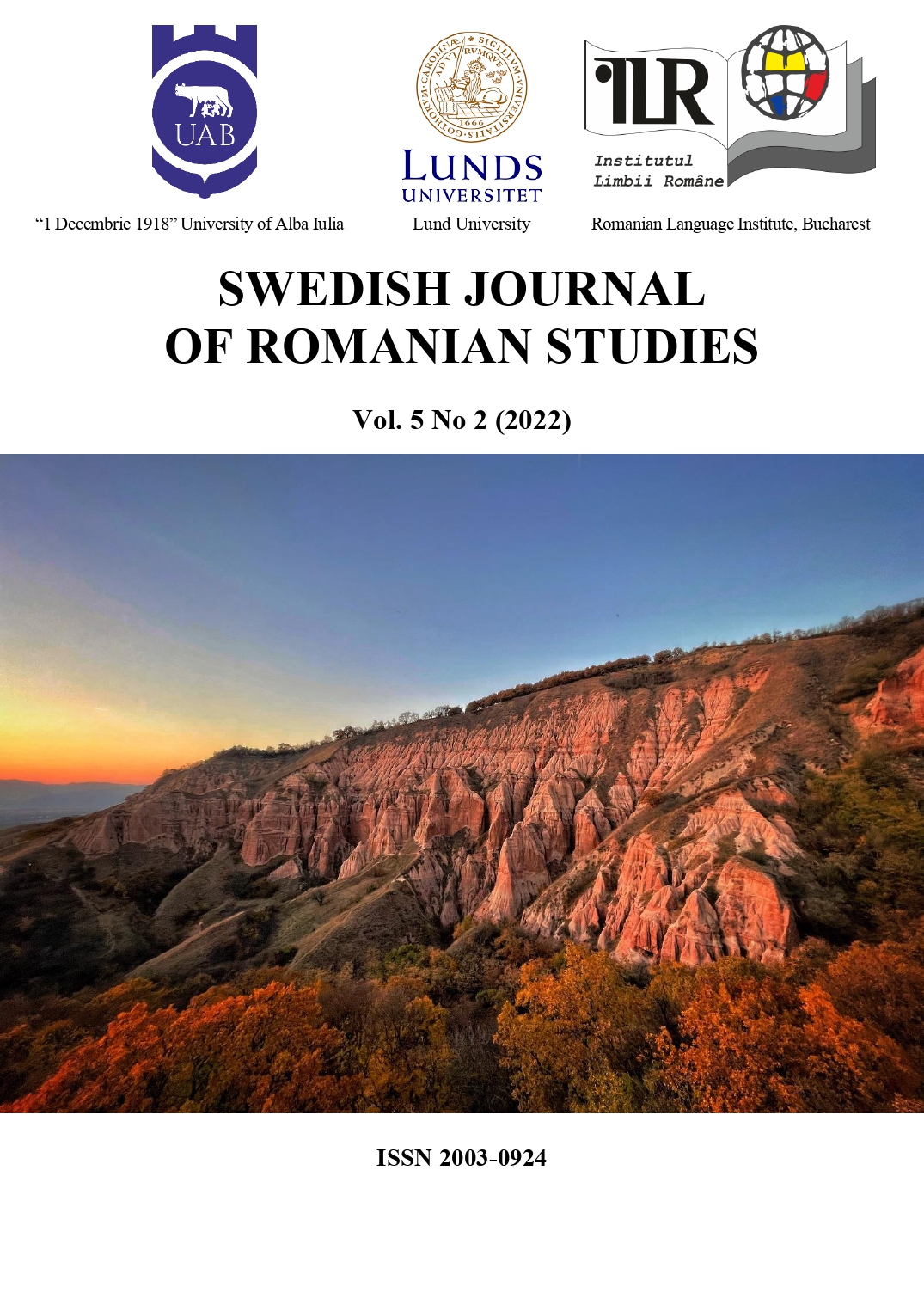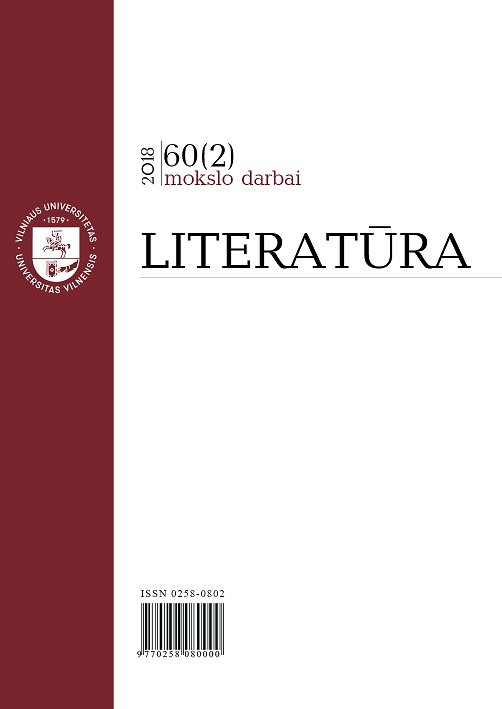
Вариации на темы света и тьмы в поэзии Елены Шварц
Elena Shvarts uses a wide range of lexical and semantic nuances in a constant opposition between the kingdom of darkness – t’ma, mrak, temnota, ten’ – and the world of light in all its forms: the brightness of stars and of reflecting surfaces, the glare of fire and the flicker of candles. Her writing is svetopis and temnopis at the same time, and these two extremes coexist in her poetic universe, contributing to represent its complexity in all its shades. The primacy of the dark tones is closely linked to the author’s existential strain and to her twilight states of mind. In Elena Shvarts’s poetry, we assist to a continuous metamorphosis of light into darkness and vice versa, which echoes the approach to light and shadow found in Baroque literature. Light and shadow chasing each other in her verse not only reveal the wealth of man’s inner world but also represent key elements to the exploration of the metaphysical sphere. In Hotel Mondehell, Shvarts’s depiction of the afterlife ends with an oxymoronic image, in which the jasnyj svet (“bright light”) and the temnyj strach (“gloomy fear”) coexist. The poem is an elaborate embroidery, where the threads of light and darkness interlace. The theme is already contained in the title, which mixes these two vital principles by means of a linguistic play, which allows the poet to exploit the semantic wealth of three different languages (French, English and German). In human existence, as fleeting as a stay at a hotel, the two elements fight with alternating results, but when death comes, gloom and cold prevail.
More...
